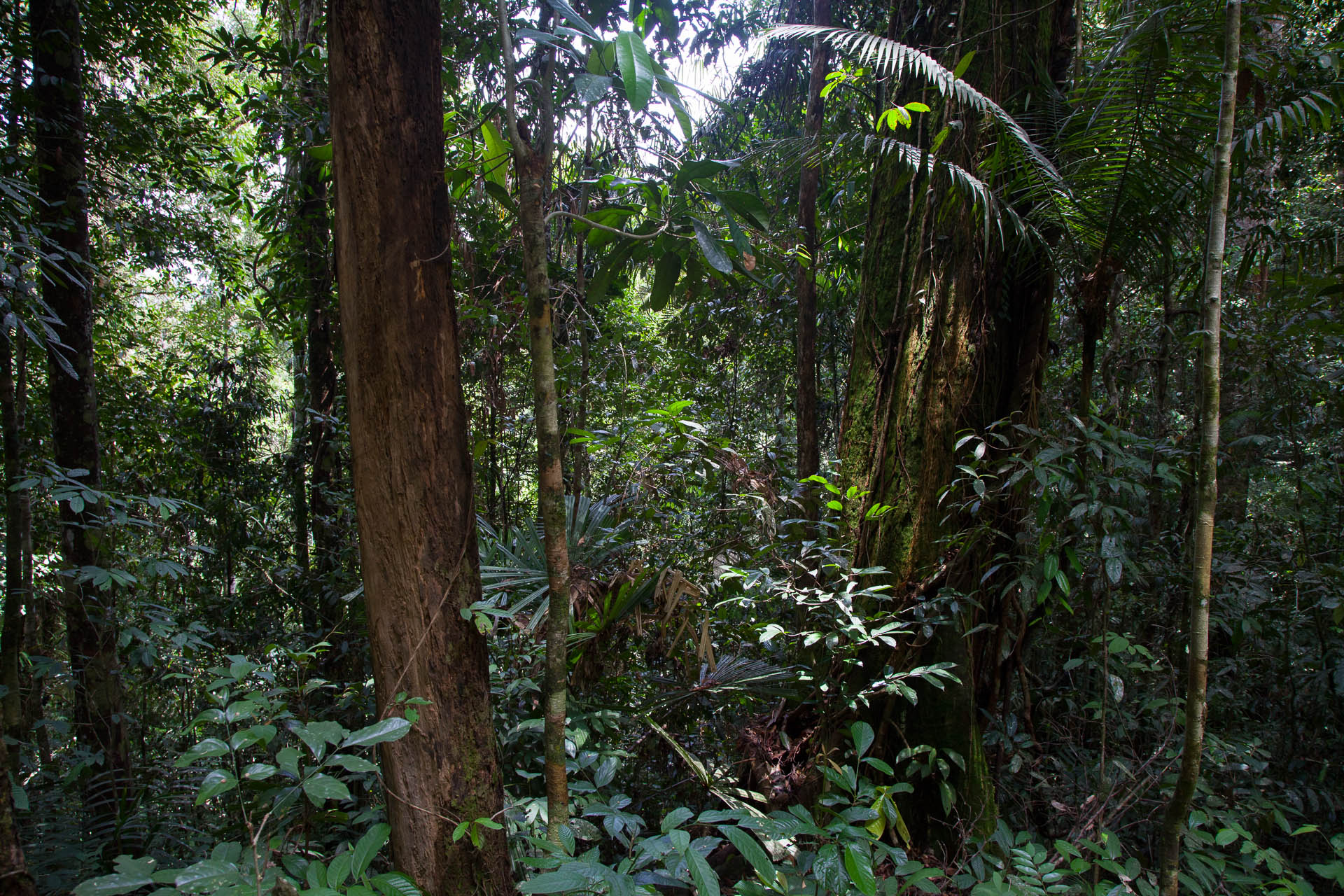RAVE stands for Rapid Assessment Visual Expedition, and follows the principals of its more scientific forbear, the rapid biodiversity assessment or rapid biodiversity inventory (RBA/RBI). The idea at its most elemental is very straightforward: take a team of professionals into the target area and document what is discovered. The main aim is usually conservation related.
An RBA/RBI expedition will visit a targeted area and build up an inventory of species identified during the expedition and use this to write press releases to generate mainstream media attention and scientific papers to generate scientific interest. Often the goal is to use both avenues to persuade or pressure stakeholders to implement policies or practices to protect the area in question. A RAVE on the other hand focuses on creating compelling visual media to achieve the same result.
To be most effective, good conservation science requires great conservation communication, and the two really go hand in hand. Nature is one of the most visually compelling subjects, and scientific expeditions and fieldwork provide fantastic platforms for engaging audiences, with their sense of adventure and discovery, human stories, and narrative arcs.
The RAVE concept was really defined (and the acronym certainly coined) by the International League of Conservation Photographers, a U.S. based non-profit organization whose mission is to further environmental and cultural conservation through photography. In their own words:
Our programs are built on the participation and contributions of our Fellows, an elite group of the world’s top wildlife, nature and culture photographers who, in addition to displaying remarkable photographic skills, have each demonstrated a deep commitment to conservation efforts around the globe. As a collective body, our goal is to use the art of high-quality photography to encourage people to take action in support of tangible and meaningful conservation measures.


Leave a Reply